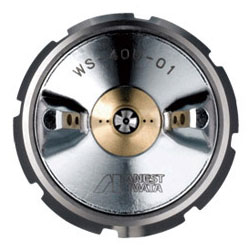
Soft Skin-feel UV Coating Application Guidance
Soft kin-feel UV coating is a special type of UV resin, which is mainly designed to simulate the touch and visual effects of human skin. It's fingerprint resistance and remain clean for a long time, strong and durable. Furthermore, there's no discoloration, no color difference, and resistant to sunlight. Skin-feel UV curing technology is a surface treatment process based on ultraviolet radiation curing. Through the synergistic effect of special light sources (such as excimer UV lamps or UVLED) and formulated resins, the coating can be quickly cured and the surface can be given a delicate and smooth skin-feel effect. Here are some of the main features and applications of skin-feel UV resin: Touch: Skin-feel UV resin can provide a delicate, smooth and elastic feeling similar to human skin. Visual effect:…









